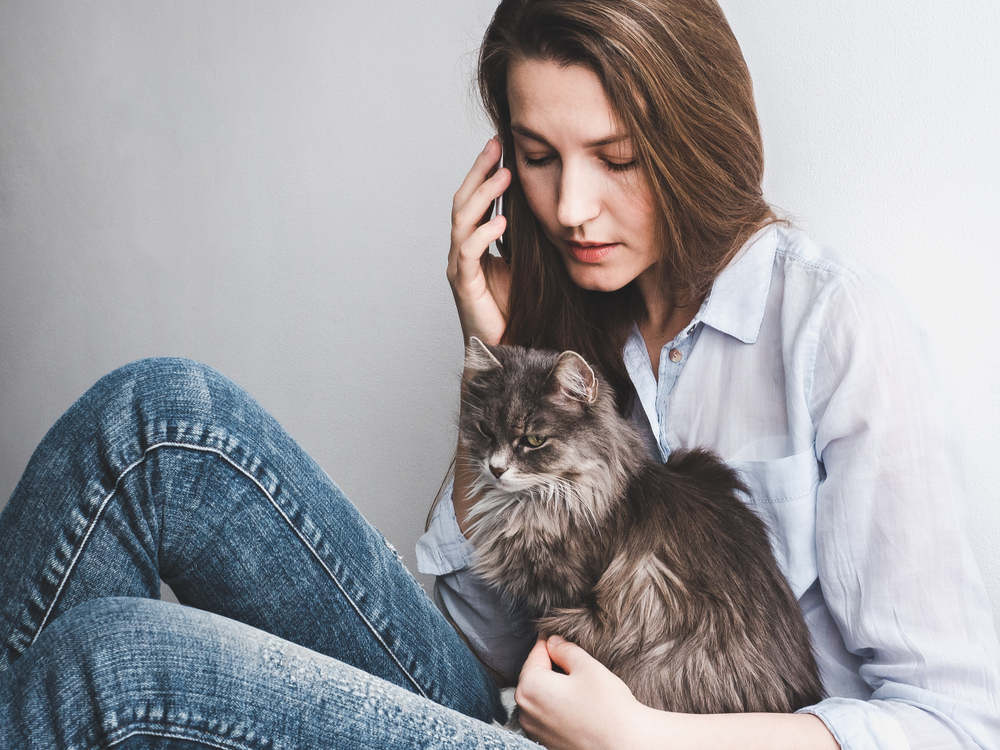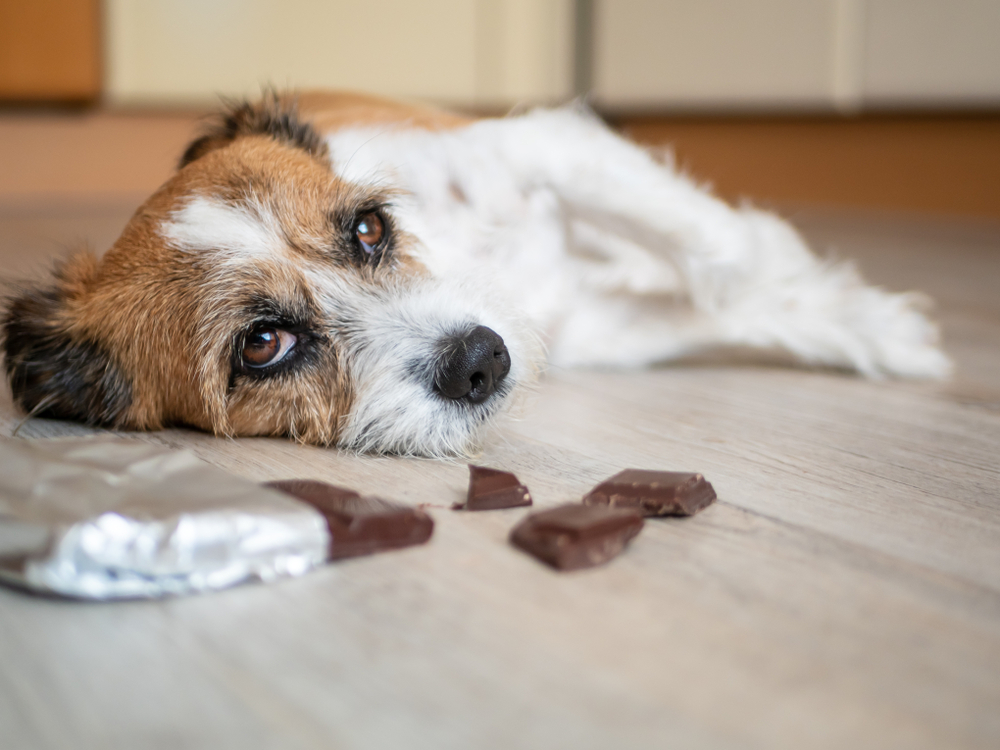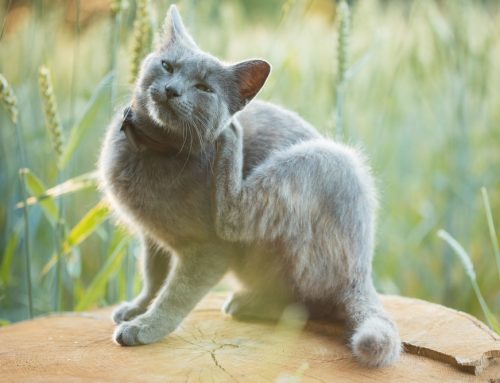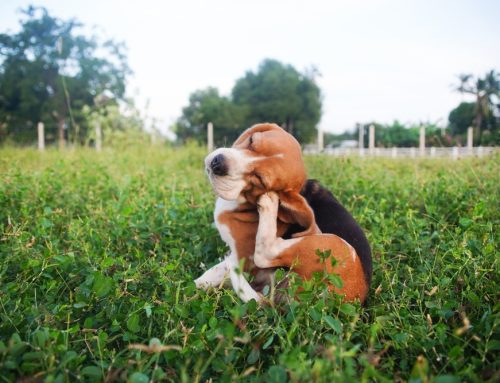Pets are curious and investigative creatures who often explore the world with their mouths, which can get them into trouble when they encounter seemingly harmless household items that can threaten their health. Most pet poisoning cases occur accidentally because pet owners aren’t aware of the dangers lurking in everyday places in their homes. To help you identify and eliminate potential risks, the Memorial Villages Animal Hospital team created a list of surprising household items toxic to pets.
#1: Pet-toxic human foods
Most people are familiar with the most well-known foods that are toxic to pets, such as chocolate. But, you may not be as familiar with many other toxic foods, which include garlic, onions, grapes, raisins, avocados, macadamia nuts, coffee, alcohol, bread dough, and sugar-free candies and gums containing xylitol.
#2: Lilies and pets
Lilies are among the many flowers and plants that are toxic to pets, but they top the list because of their widespread popularity as indoor plants. Cats most often fall victim to rapid kidney failure after munching on lily leaves or, in some cases, merely contacting and licking the pollen or drinking a little of the vase water. Check this list of toxic and non-toxic plants before adding plants to the yard or bringing flowers into your home.
#3: Ibuprofen and pets
Common over-the-counter (OTC) pain relievers can cause severe gastrointestinal (GI), kidney, and liver damage in pets. People frequently use ibuprofen, which is found in most households, for aches and pains, but pets don’t have the enzymes needed to properly metabolize ibuprofen or other similar drugs. Do not give your pet any over-the-counter or prescription medications.
#4: Essential oils and pets
Essential oils are not commonly considered toxic by pet owners, but many are harmful because they exist in highly concentrated forms. Never put essential oils directly on your pet’s skin or fur or expose them to inhalation from diffusers in close proximity. Keep essential oil bottles stored securely and use them only when your pet is in another room.
#5: Prescription topical creams and pets
Topical creams used to treat human skin conditions or designed to absorb through the skin and into the bloodstream can cause serious problems for pets who ingest them. Creams may contain steroids, hormones, immune modulators, and anti-inflammatories in concentrated forms that can cause a range of problems in pets, up to and including death.
#6: Batteries and pets
Batteries contain corrosive ingredients that can burn or obstruct a pet’s digestive tract. Dogs can be exposed to batteries if they chew a remote control, a child’s toy, a watch, or another electronic household device.
#7: Pennies and pets
Pennies minted after 1982 contain high concentrations of zinc. When ingested by a curious canine looking for goodies in your pocket, zinc is continuously absorbed into the bloodstream and can damage red blood cells, leading to anemia, in addition to GI distress and liver, kidney, or pancreatic damage.
How to reduce household toxicity hazards for pets
You can reduce toxicity hazards for your pet by assuming that pets will get into anything they can reach. Secure all medications, food, cleaning supplies, chemicals, and personal items out of reach, ideally in high cabinets or behind doors your pet cannot open. Also, hang bags and coats that could have toxic items lurking in the pockets up high or behind closed doors.
What to do if your pet ingests something toxic

If your pet ingests something you think could be toxic, call the ASPCA Animal Poison Control Center or Pet Poison Helpline. These services employ veterinary professionals and toxicologists who can quickly determine whether the item your pet ate could cause harm. When you call, be prepared to share your pet’s basic information, such as their age, weight, medications, and general health history, along with details about what they consumed, including how much and when. The helpline staff will advise you on the best next steps and can assist our veterinary staff in treating your pet’s condition, if necessary.
Creating a safe and secure environment for your pet starts with awareness. Securing all food, medications, and chemicals where pets cannot reach them is an easy way to prevent a tragedy—but accidents happen. If your pet consumes something toxic and requires medical attention, or you have questions about potentially toxic items around your home, contact our Memorial Villages Animal Hospital team.









Leave A Comment